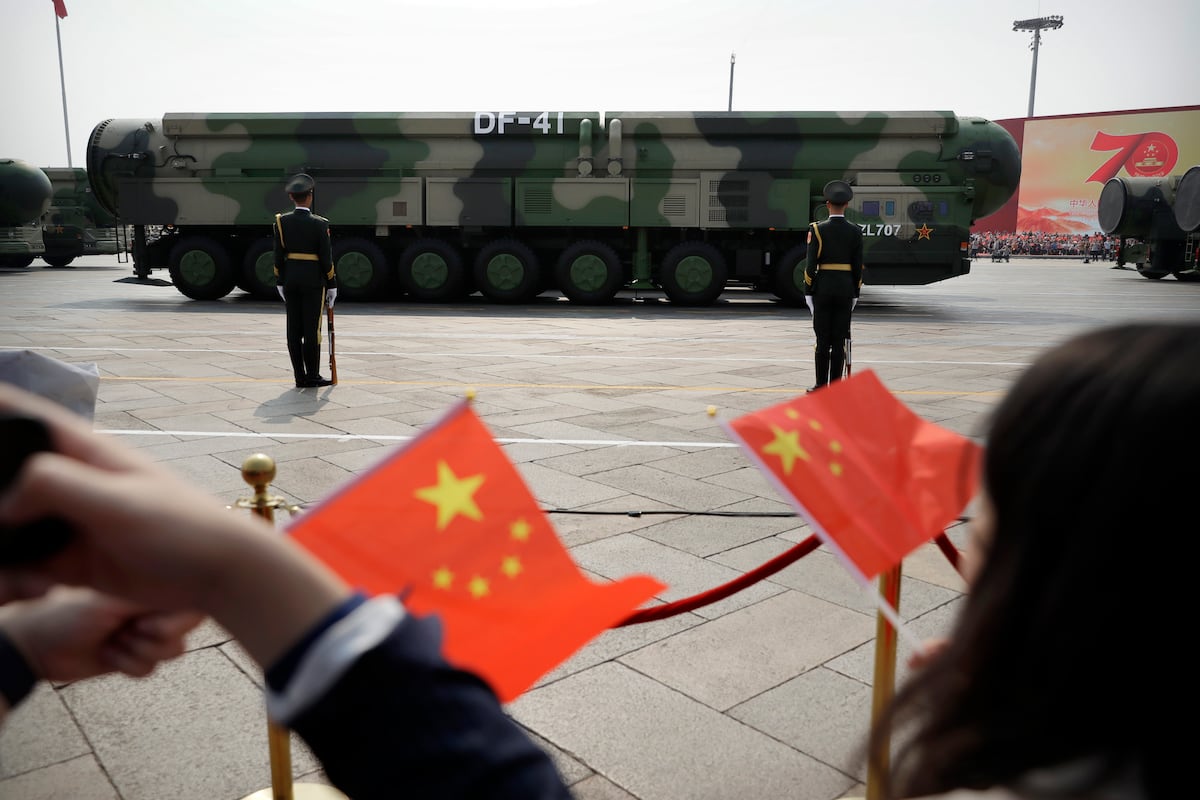Deployment of New Missile Defense Radar Enhances Guam’s Defense Posture
Introduction of LTAMDS in Guam
The U.S. Army has officially deployed the latest advancement in missile defense technology, the Lower Tier Air and Missile Defense Sensor (LTAMDS), to Guam. This strategic move aims to bolster the island’s defense capabilities in response to evolving regional threats. Secretary of the Army, Dan Driscoll, visited Task Force Talon, which will oversee the LTAMDS operations in Guam, emphasizing the importance of equipping soldiers with the best available technology.
Background and Strategic Importance of Guam
Guam, an island home to approximately 170,000 residents, is strategically located closer to Beijing than to Hawaii. It serves as a significant hub for U.S. military operations in the Indo-Pacific region, making it a potential target in the event of hostilities, particularly concerning tensions over Taiwan. The island’s vital role underscores the necessity for a robust air and missile defense framework to safeguard U.S. interests.
Key Features of LTAMDS
The LTAMDS represents a pivotal leap in missile defense capabilities. It is designed to enhance detection and discrimination capabilities while providing 360-degree threat recognition. Key characteristics include:
- Improved sensor technology: LTAMDS builds on the legacy of existing systems by employing advanced radar technology to improve accuracy and response times.
- Operational Testing: This radar will undergo rigorous field testing in Guam, allowing the Army to validate and refine its performance under real-world conditions.
Integration into the Defense Architecture
The LTAMDS is destined to be integrated within a broader air-and-missile defense shield currently being developed for Guam. This initiative reflects the Pentagon’s commitment to establishing a formidable defense posture to counter increasingly sophisticated threats in the region.
Army operations on Guam will not be limited to stationary defenses; LTAMDS will be part of a comprehensive strategy that includes mobile assets and advanced command-and-control systems. Notably, this includes the Terminal High Altitude Area Defense (THAAD), which has been operational in the region since 2013.
Growing Geopolitical Tensions
As tensions with China escalate, particularly related to Taiwan, the need for enhanced defense capabilities becomes more pressing. The Department of Defense had initially committed to providing a foundational defense system for Guam by the end of 2024, a timeline that is now under scrutiny.
Timeline for Development
- Prototype Deployment: The Army is setting an aggressive timeline, aiming to test the LTAMDS systems live as part of their “Transformation in Contact” initiative.
- Future Prototyping: An additional LTAMDS unit is scheduled for deployment in Guam by 2027, indicating a long-term commitment to improving local defense capabilities.
Conclusion
With the history of the LTAMDS project dating back over 15 years, its development encapsulates a significant effort to transition from outdated systems to more sophisticated technologies capable of meeting modern threats. Raytheon, awarded the contract for its development in 2019, has successfully navigated several testing phases, including rigorous operational assessments that encompass extreme environmental scenarios.
The deployment of LTAMDS will not only enhance the U.S. Army’s defensive capabilities in Guam but also serves as a crucial component of a larger strategy aimed at safeguarding U.S. interests in the Indo-Pacific, ensuring that Guam remains a bastion of military readiness in a tumultuous geopolitical landscape.
By capitalizing on the advanced features of LTAMDS and the strategic significance of Guam, the U.S. Army seeks to fortify its posture against potential adversaries, thereby contributing to regional stability and deterrence.





